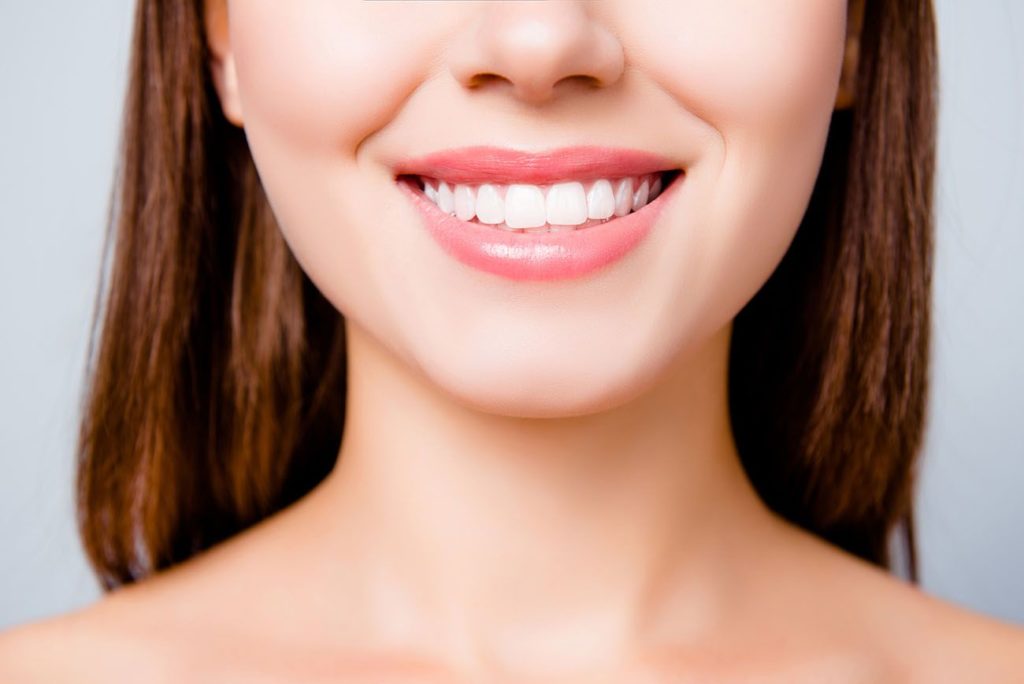At the conclusion of orthodontic treatment, whether through braces or Invisalign, you will feel happy with your newly straight smile. You can notice improved oral function and health as well as a gorgeous appearance in your teeth and jaw.
But if you do not follow aftercare guidelines from your orthodontist, your teeth may shift to misalign your smile once again. Experts refer to this scenario as orthodontic relapse, and it can occur even years following your treatment.
To best prevent this problem and preserve your smile, you should understand what issues may lead to it. Read on to find advice from your orthodontist for ensuring your smile remains straight after your orthodontic treatment.

Tips for Maintaining Your Aligned Smile After Orthodontics
Wear Your Retainer
When you finish your orthodontic treatment, your orthodontist will give you a retainer to wear. As with Invisalign, you should wear this retainer over your teeth as often as possible every day. Over time, you might need to use your retainer less frequently, but you should check with your orthodontist regarding your unique case.
The retainer will hold your teeth in place, as they tend to shift of their own accord without this appliance. If you remove your retainer for a few days, you might notice it feels tight in your mouth when you wear it again.
This is normal and occurs because the teeth have already started moving. The tight feeling should fade when the teeth shift back into place as you continue wearing the retainer. Keeping the retainer out of your mouth for longer than a few days might mean it no longer fits. Then you will have trouble keeping your teeth aligned.
Treat Chronic Teeth Grinding
A major cause of teeth shifting out of place, both before and after orthodontics, is chronic teeth grinding and clenching. This behavior, known as bruxism, generates pressure on the teeth as they grate against one another. And this can encourage the teeth to move into misalignment.
When you seek treatment for bruxism, you can reduce the chances of your teeth shifting out of place. Your dentist can diagnose the cause of this symptom, often stemming from tension or stress, and offer treatment accordingly. This can also decrease your risk for many other dental problems, which will further preserve your smile.
Practice Good Oral Hygiene
You likely already know that practicing good oral hygiene will ensure your teeth, gums, and the rest of your mouth stay healthy. But this regimen will also help your teeth remain aligned after your orthodontic treatment.
Brushing your teeth at least twice a day, flossing daily, and attending routine dental cleanings and exams ensure harmful plaque does not linger on your smile. If it does, you could develop dental problems that will impact your oral health as well as your dental structure. And then your teeth can shift out of position or suffer other structural problems.

